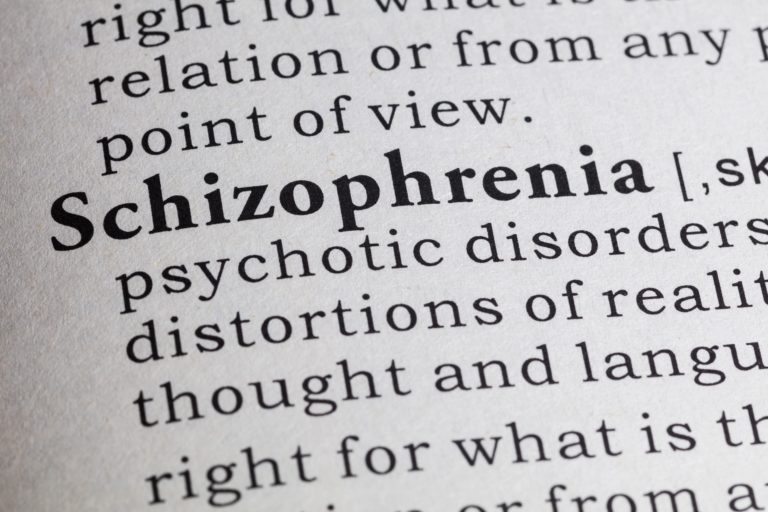The most commonly known condition that is associated with the long-term signs of trauma is post-traumatic stress disorder, but there is another condition called secondary trauma that can occur.
Secondary trauma stress leaves behind severe psychological scars and changes. There are a multitude of traumatic events that can affect people including divorce, death of a loved one, sexual assualt, and natural disasters. Some people will process and heal from the trauma relatively quickly, while others will struggle with the after effects of the event for much longer. It is important to be aware of secondary PTSD and secondary trauma symptoms, especially if you or a loved one has witnessed or been involved in traumatic experiences.
What Is Secondary Trauma?
Secondary Traumatic Stress Disorder (STSD) was initially researched in order to explain why service providers, such as medical and emergency professionals, will exhibit symptoms of post traumatic stress disorder even though they were not the first-hand victims of the traumatic event. The term was developed in the early 1990s by a number of trauma specialists, including Beth Stamm and Charles Figley.
Secondary Traumatic Stress Disorder or secondary PTSD occurs when an individual experiences trauma indirectly. This can happen if someone hears the details or witnesses the after effects of trauma that was experienced by another person. STSD is also referred to as compassion fatigue, or second-hand PTSD. Secondary trauma symptoms are often experienced by professionals who work with traumatized individuals. Some of these professions include doctors, nurses, therapists, social workers, and first responders. People who are in these industries often experience trauma vicariously through others, which can be extremely difficult and traumatizing in itself. Frequent exposure to traumatic events and survivors can lead an individual to experience psychological changes and mental health struggles. Secondary traumatic stress disorder is caused by exposure to traumatic events experienced by others, including:
- Sexual assault
- Physical assault
- Child abuse or neglect
- Domestic Violence
- Natural disasters
- Death
- Near-death experiences
- Terminal Illness
- Combat or war
Post Traumatic Stress Disorder vs. Secondary Traumatic Stress Disorder
PTSD and STSD present themselves very similarly in individuals who struggle with them. The key difference between the two lies in the differences between primary trauma and secondary trauma.
An individual who experiences primary or direct trauma, is exposed to the traumatic event or experience directly. Primary trauma can occur for multiple individuals who are involved in the event. For example, an individual can experience direct trauma if they are in a car accident, but the witnesses who see the accident can also experience direct trauma even though they were not in the vehicle. Post traumatic stress disorder affects individuals who experience primary trauma.
Secondary trauma occurs when an individual is indirectly exposed to trauma. Secondary trauma often affects individuals who work in trauma-exposed careers such as social workers, therapists, health care providers, and first responders. In addition, secondary trauma also affects the general population in many ways. For example, an individual can experience secondary trauma from watching graphic news videos, or by helping a friend after a traumatic experience. A secondary traumatic stress disorder diagnosis is given to those who experience secondary trauma symptoms following exposure to trauma second-hand.
Secondary Trauma Symptoms and Signs
Individuals struggling with secondary traumatic stress disorder normally exhibit signs and symptoms that are similar to those of PTSD. The two disorders can look so similar that individuals may even be misdiagnosed with post traumatic stress disorder. Even though the two disorders are similar, there are very distinct symptoms and criteria that set them apart. Some of the symptoms and signs of secondary trauma include:
- Unwanted and triggering memories of the event or story
- Dreams and/or flashbacks
- Avoidance of things that trigger thoughts of the event or story
- Mood swings
- Irritability and agitation
- Emotional outbursts
- Self destructive behaviors such as self harm or substance abuse
- Insomnia
- Easily startled
- Depression
- Anxiety
An individual who has been diagnosed with secondary traumatic stress disorder can have difficulty with multiple areas of their life. Their sense of safety, ability to trust, self-confidence, and self-control can all be negatively impacted from their trauma. Compassion fatigue is also a result of STSD. They symptoms of compassion fatigue consist of both mental and physical exhaustion, and can even lead to a loss of the ability to empathize with others.
Compassion fatigue happens because of the constant demands of being compassionate and helping others. Compassion fatigue is especially common in professionals that act as care-takers for trauma victims. Eventually people can become burnout and that is when compassion fatigue sets in. Someone who is experiencing burnout will become mentally and physically exhausted, irritable, agitated, and develop an overall negative attitude. Working in a profession that requires someone to take on a care taking role for traumatized individuals can be extremely stressful, but if an individual starts experiencing burnout it can impact their ability to effectively perform their job. It is important to be aware of secondary trauma symptoms in order to address them properly, so that burnout and compassion fatigue do not set in.
Secondary Trauma Treatment In Nashville, TN
At Arbor Wellness in Nashville, TN we understand the impact that trauma can have. Just because you did not experience the trauma first-hand, does not mean it has not deeply affected you. If you have helped a loved one through a traumatic event, or if your job requires you to care for traumatized individuals, then it is important to be aware of secondary trauma symptoms and signs. If you believe that you or a loved one may be struggling with secondary traumatic stress disorder, then it is time to seek help from a licensed mental health treatment center.
Call Arbor Wellness’ admission team in order to get an evaluation and set up a comprehensive treatment plan that includes trauma-specific therapeutic services. Here at Arbor Wellness we address and treat your secondary trauma so that you can break free from burnout and find your passion for life once again.

























